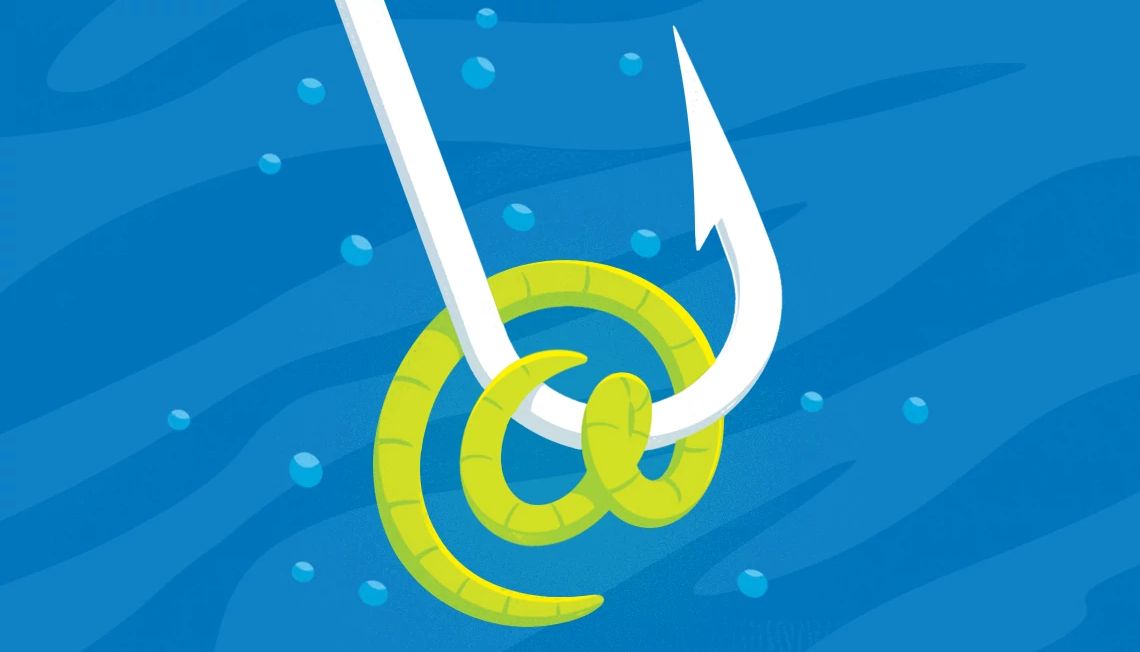Staying Fit


I was at my desk checking email and saw a fraud alert from PayPal. I skimmed the message below the familiar logo: “Here’s your invoice. Due on receipt. $1069.69.”
Hmm. I hovered my cursor over the sender’s address to see if it matched the display name. It appeared authentic: Service@PayPal.com. Still, I knew not to click through the email itself and instead logged directly onto my PayPal account. There it was — an invoice from a company I’d never heard of.
My heart began racing, and in my adrenaline-fueled panic, I made a huge mistake. I returned to the email (which I now trusted was real), saw the line that said, “Don’t recognize this invoice?” and called the phone number for reporting fraudulent charges that was listed underneath.
That’s when the trap was sprung.
The man who answered my call said he’d help me after verifying my identity. Like the perfect mark, I dutifully gave him my email address, along with the code PayPal then texted to my mobile phone.
“Someone in Miami is trying to purchase an iPhone with your PayPal account,” he said. “Your financial information and credit cards have all been compromised.”
Suddenly, I realized what I’d done. I’d called the number on an unsolicited email, and the man I was talking to was a crook trying to finish the scam by drawing more information from me.
I hung up and tried to log back in to PayPal, but the scammer had already changed my password, using the code I’d just provided. Requesting another code to my phone, I was able to access my account. By then, he had sent 26 more invoices to PayPal for bogus services totaling over $20,000.
With shaking hands, I called the customer service number on PayPal’s website and reached a representative. He promptly locked down my account, emailed password reset links, confirmed my contact information and walked me through canceling each fraudulent payment request.
Luckily, I’d acted quickly and reached a real agent in time. Had I hesitated, the scammer could have changed the mobile number associated with my account and locked me out while he approved the bogus charges. I would have had to work through PayPal, my bank and my credit card company to try to recoup my money.


































































You Might Also Like
It’s OK to Spend Your Money
A financial planner explains the ‘4 percent’ rule, and a psychologist says living a little can be good for your well-being
How to Protect What You Collect
From keeping a detailed inventory to why you may not want to repair old items, we have tips about caring for your collectibles
80-Year-Old Tries Online Dating
In this essay from the book ‘A Point of Beauty,’ writer Carolyn Meyer recounts how she stepped out of her comfort zone
More Members Only Access
Enjoy special content just for AARP members, including full-length films and books, AARP Smart Guides, celebrity Q&As, quizzes, tutorials and classes